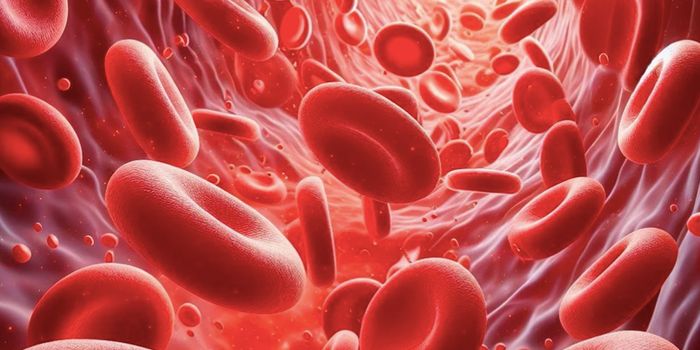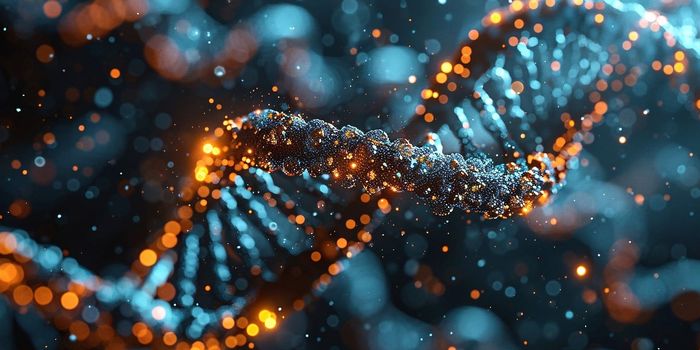Genes That Cause Disease Seem to Prevent Beneficial Adaptations
A new study has used computational tools to investigate evolution in the human genome that's occurred over the past 50,000 years. Specifically, scientists were investigating whether genes that cause disease have experienced more or less selective pressure over that time. Random changes happen in the sequence of genes, and selective pressure enables organisms to retain those sequence changes or variants that provide some benefit, while jettisoning the harmful ones.
This research has found, however, that genes that are linked to harmful diseases tend to experience fewer genetic sweeps, which would otherwise remove harmful variants. Genes that do not cause disease tended to have higher rates of selective sweeps. Human evolution seems to have allowed disease-causing gene variants to persist, though they cause harm.
In this study, which was reported in eLife, the researchers measured the rates of genetic adaptations in genes that are linked to disease and those that are not. The work included genetic data from 26 different human populations, and specifically looked at diseases that are caused by mutations in individual genes, also known as Mendelian diseases.
A phenomenon known as genetic interference may be one reason why genes linked to Mendelian diseases aren't adapting well.
"Recessive disease-causing gene variants that prevent adaptation from occurring in the genome can dodge gene sweeps that would normally wipe them out in a population," explained first study author and graduate student Chenlu Di of the Department of Ecology & Evolutionary Biology at University of Arizona.
The researchers also found that in some populations, this phenomenom is more pronounced. The study authors suggested that as some human populations moved out of Africa and went on to settle in Asia or Europe, many genetic variants were lost during the migration. That loss of variants may have contributed to a reduction in selective sweeps.
"Our work improves on previous studies trying to address this important question by using larger gene datasets and carefully controlling for confounding factors that could result in disease-causing genes and non-disease genes showing different patterns," noted senior study author and Assistant Professor David Enard of the University of Arizona. "But there is more work to do to better understand recent genetic adaptation in humans."
Source: eLife









